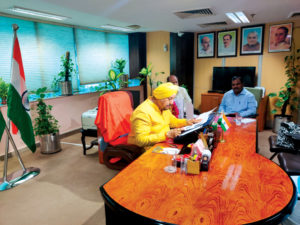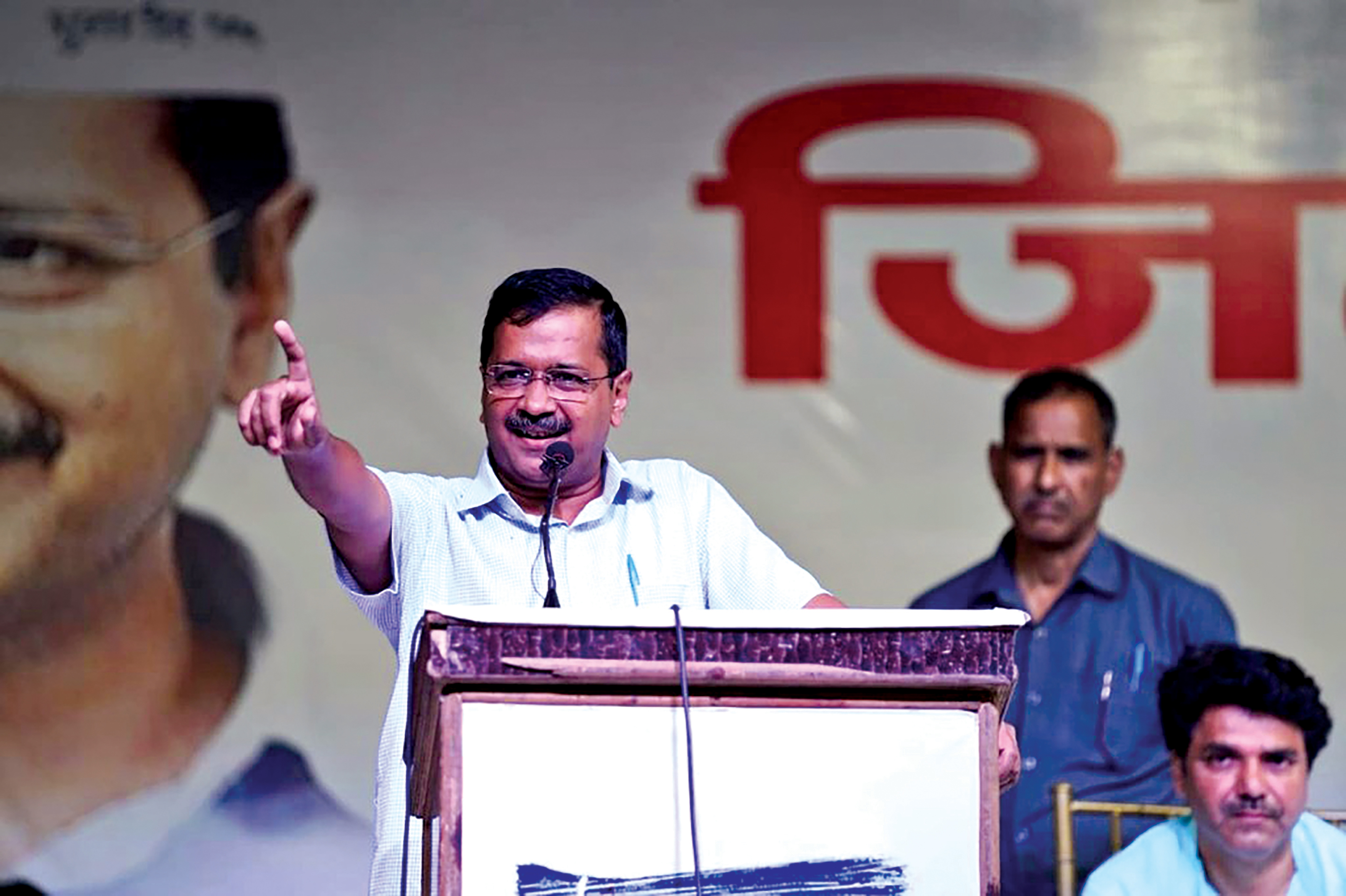The mayors of Delhi wonder why Arvind Kejriwal did not pass on the invite for the copenhagen conference to them. They feel more powerless than ever
Is Delhi’s Mayor equal to the Mayor of London? The straight answer would be a ‘No!’ At the same time, the powers that the British Mayor enjoys, even the Chief Minister of the Capital city of India does not.
Take, for example, control over the Metropolitan Police which the Mayor of London is responsible for through the Mayor’s Office for Policing and Crime (MOPAC). Delhi government does not have that kind of control over Delhi Police, a lack which it often laments.
Even so, the bulk of functioning and the head of the Union Territory, falls under the realm of Chief Minister Arvind Kejriwal. Why we bring this point up is because of the recent controversy surrounding the invite to CM Kejriwal for the C-40 Climate Change Summit.
The Centre refused to give him clearance to fly to Copenhagen and Union Minister Prakash Javadekar said it was because the meet “was a mayor-level conference.”
With the tagline ‘Cities will shape our future’, the summit was to take a pledge from leaders in helping reduce greenhouse emissions in the cities they control and thus address the Climate Change crisis we are all facing.
Thus, could this promise have been taken by one mayor or all three without the backing of the CM?
This year, three new mayors took office. From South Delhi Municipal Corporation, it was BJP councillor Sunita Kangra, North Delhi Municipal Corporation got BJP councillor from Civil Lines area Avtar Singh and East Delhi Municipal Corporation gave the seat to Anju Kamalkant, a municipal member from Vishwas Nagar area.
We met NDMC Councillor Avatar Singh, who said,“Kejriwal had no role and should have given the invite to us”. On a side note, the invite had not reached the office of the mayors but of the CM, through the organisers of the C-40 World Mayors Summit.

“How can the CM go and not give it to the mayors? Did he want to roam around, which is why he wanted to go?” asked Singh when we prodded him about the Summit and his stand on it. While the conference has already taken place (October 9-12) and the CM delivered a speech via video conference, Singh said he would be willing to go even now if the CM “wants”.
An official at the NDMC stated on condition of anonymity, “While we don’t have anything to do with Climate Change, because the conference was for mayors, it would have only been right if one of the mayors had attended”.
This tension however brings us to the very issue of Delhi’s functioning – where various authorities jostle each other to get work done, especially as they are governed by opposing parties.
In a speech in 2006 National Development Council Meeting, the then CM, (late) Sheila Dikshit had pointed out why statehood was necessary for the Capital. While the Congress party later changed its stance when AAP’s sole demand during the Lok Sabha elections of 2019 was to bring in full statehood, she had mentioned the four institutions which governed Delhi.
One is the elected government’ (here being the AAP). The second is the Lt Govemor and the third is the Municipal Corporation of Delhi, which are both under the control of Ministry of Home Affairs. Fourth is the DDA, which is controlled by the Union Ministry of Urban Development. Both the ministries of course come under the BJP-led Centre.
Another important point she had put through was that the Masterplan for the city is prepared by DDA without participation of the elected government of Delhi. “Central Government enjoys almost total control over MCD by exercising power in as many as 57 sections/sub sections of the DMC Act”. This, she had said, demonstrated the “lack of powers with the elected Government of Delhi”.
While CM Kejriwal may lack total power, the NDMC Mayor says he himself has none. “We have no power, zero power”, he goes on to add. He went on to say that the people’s expectations with them were high whereas they didn’t have the power to wield control over the areas they wanted fixed.
“The problem is he doesn’t give us the corporation money. We are not begging. We need funds for education, roads, sanitation, but we are having trouble getting this sanctioned. Centre gives them money to allocate to the MCDs and we get a fraction of it. He takes the funds and then puts his own tag on it like the Mukhyamantri Yojana”, is Singh’s accusation.
Which only leads to the conclusion, when we speak about the powers of the two: Yes, the CM is more powerful.
And even the residents of Delhi seem to think this. While the AAP government came to power in 2015 after a resounding victory, the MCD polls again went to the BJP in 2017.
The polling percentage in 2015 was 67.12% according to the Delhi election commission. And in 2017 MCD polls the voter turnout was a much lower 54%.
But who rules Delhi, who makes the calls, and who rightfully should be participating in a conference like the Mayors Summit will remain contentious as long as there are different authorities at the helm.





